From rocks that balance on a single point to landscapes that glow red at sunset, the world is full of jaw-dropping geological wonders. These formations are more than just natural landmarks—they’re cultural icons, spiritual sites, and places where nature and myth collide.
Here’s your practical guide to visiting 10 of the world’s most incredible rock formations, with tips on how to get there, what to do nearby, and how to make the most of your trip.
1. Bryce Canyon National Park – Utah, USA
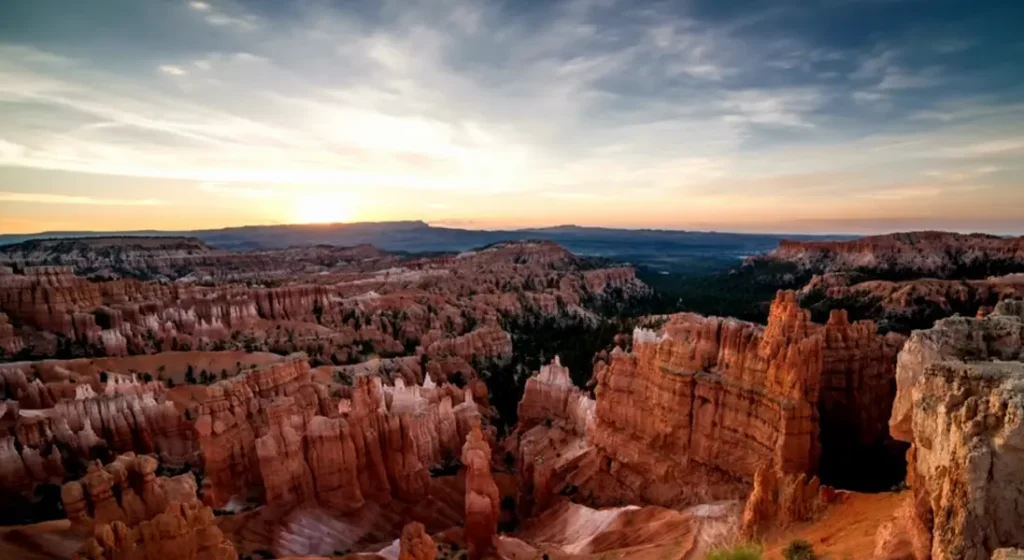
Why Visit: Famous for its “hoodoos” (thin, spire-like rock formations), especially the Silent City visible from Sunset Point. Local legends say they’re the petrified remains of evil people.
- Best Time to Visit: May–September (pleasant hiking weather).
- How to Get There: Closest airport is Las Vegas (4 hours by car) or Salt Lake City (5 hours). Rental car required.
- Must-Do: Hike the Navajo Loop Trail or Queen’s Garden Trail for the best hoodoo views.
- Budget Tip: Stay in nearby Bryce Canyon City for cheaper lodging.
- Nearby Highlight: Zion National Park (1.5 hours drive).
2. Balanced Rock & Steamship Rock – Colorado, USA
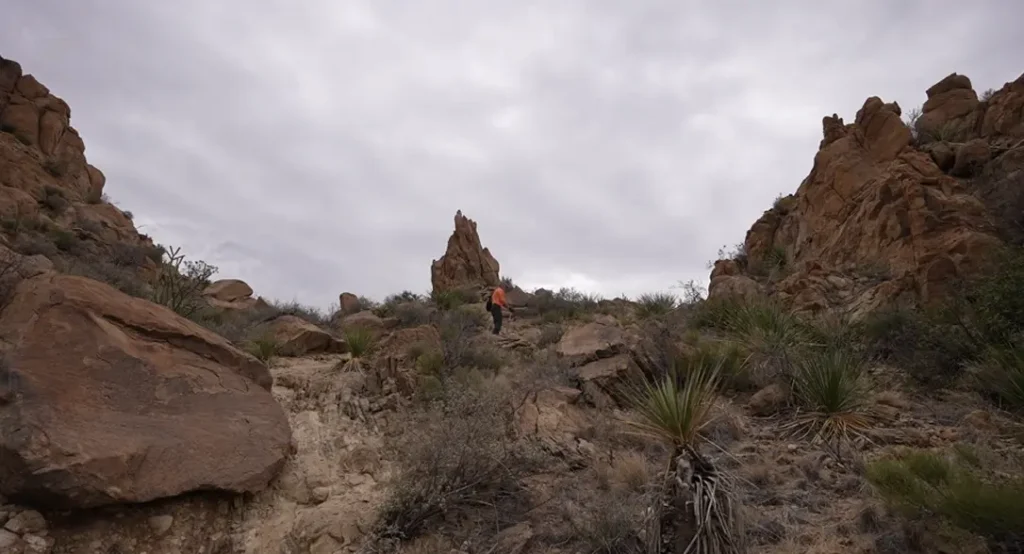
Why Visit: Located in the Garden of the Gods, Balanced Rock weighs an estimated 700 tonnes and has stood for millions of years.
- Best Time to Visit: Year-round; spring and fall for fewer crowds.
- How to Get There: Just outside Colorado Springs, ~1 hour from Denver by car. Free entry.
- Must-Do: Take the Perkins Central Garden Trail for the best photo ops.
- Local Food: Try Colorado green chili in Colorado Springs.
3. Old Man of Storr – Isle of Skye, Scotland
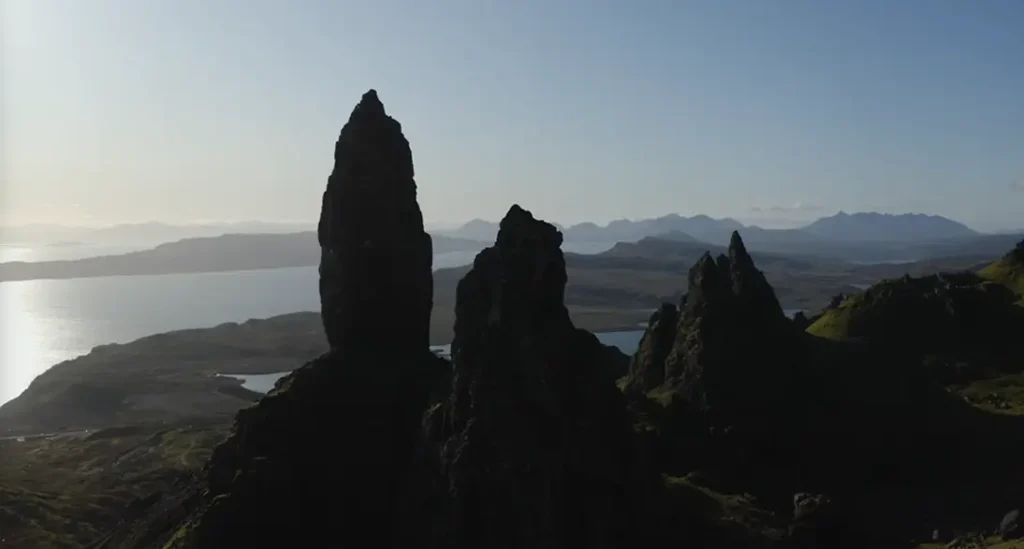
Why Visit: A 50-meter volcanic rock pillar with a haunting silhouette, surrounded by rugged highland scenery.
- Best Time to Visit: May–September for clear skies; winter offers moody landscapes.
- How to Get There: Drive from Portree (~15 minutes). Public buses run from major towns on Skye.
- Must-Do: Sunrise hike for magical views of the Sound of Raasay.
- Nearby Highlight: Quiraing landslip for more dramatic scenery.
4. Preikestolen (Pulpit Rock) – Norway
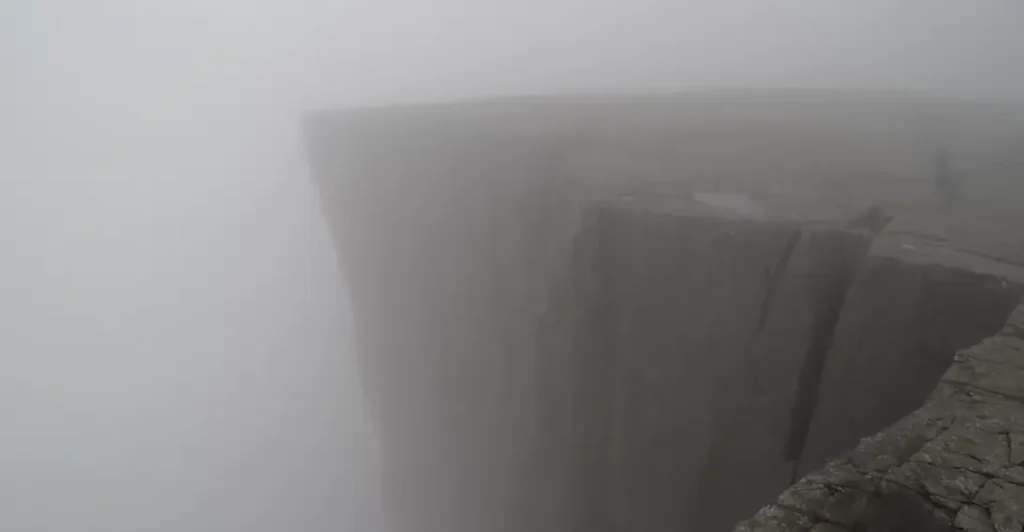
Why Visit: A 600-meter cliff with a flat top overlooking Lysefjorden, one of Norway’s most photographed spots.
- Best Time to Visit: May–October (snow-free trails).
- How to Get There: Base in Stavanger. Take ferry + bus to the trailhead.
- Must-Do: The 4-hour round-trip hike to the plateau.
- Budget Tip: Bring your own snacks; Norway is expensive!
5. Uluru – Northern Territory, Australia
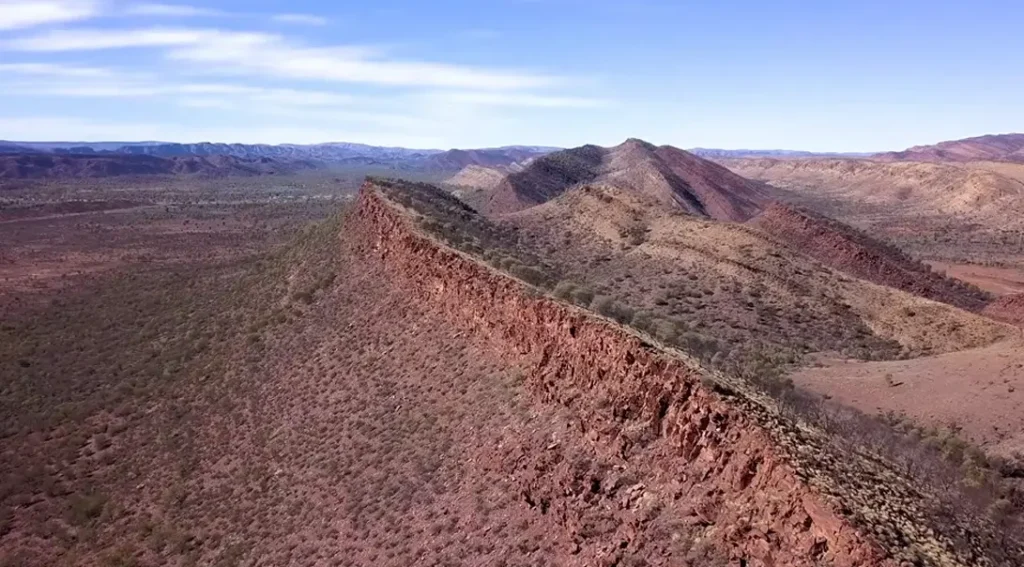
Why Visit: A sacred Aboriginal site that glows red at sunrise and sunset, with caves, springs, and rock art nearby.
- Best Time to Visit: April–October (cooler temperatures).
- How to Get There: Fly into Ayers Rock Airport; shuttle buses connect to the national park.
- Must-Do: Walk the 10 km base trail to see ancient paintings and waterholes.
- Local Food: Try bush tucker tours for indigenous cuisine.
- Respect Tip: Climbing Uluru is prohibited—honor its sacred status.
6. Tokangawhā / Split Apple Rock – New Zealand
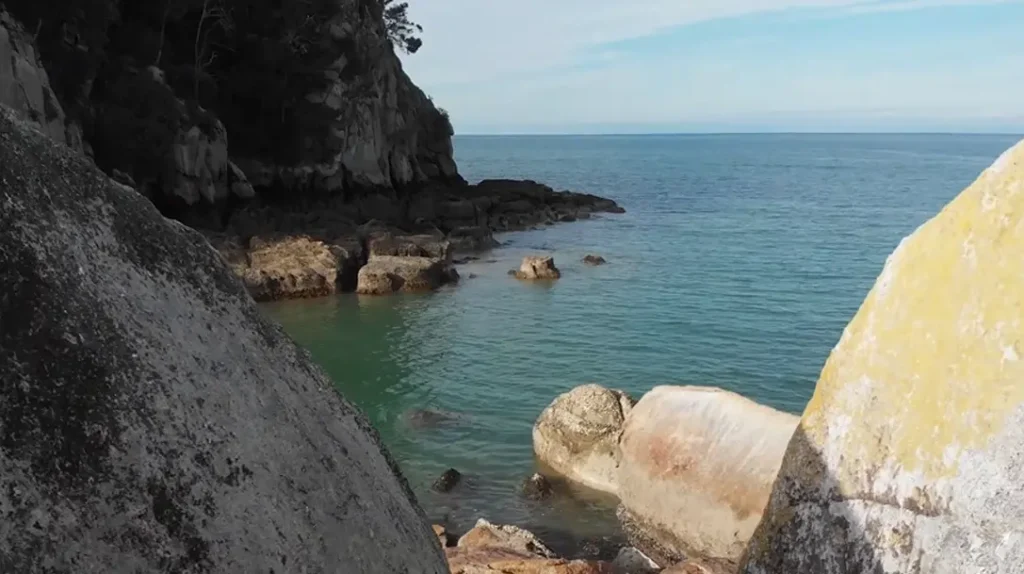
Why Visit: A perfectly split boulder sitting offshore, shaped by waves (or, according to legend, fighting gods).
- Best Time to Visit: December–March (New Zealand summer).
- How to Get There: Short kayak trip from Kaiteriteri Beach, near Abel Tasman National Park.
- Must-Do: Kayak at sunrise for glowing colors on the rock.
- Nearby Highlight: Multi-day trek on the Abel Tasman Coast Track.
7. Kyaiktiyo Pagoda (Golden Rock) – Myanmar
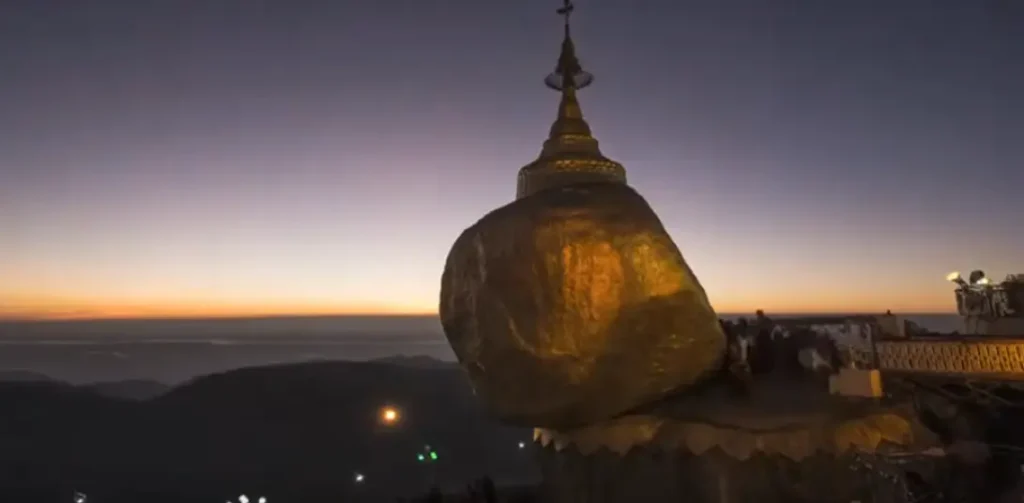
Why Visit: A golden boulder balanced on a cliff edge, believed to rest on a single hair of the Buddha.
- Best Time to Visit: November–February (cool, dry season).
- How to Get There: Bus or private car from Yangon (5–6 hours). A steep hike or truck ride takes you to the site.
- Must-Do: Join pilgrims applying gold leaf to the rock.
- Travel Tip: Wear respectful clothing (long pants/skirts).
8. Pont d’Arc – France
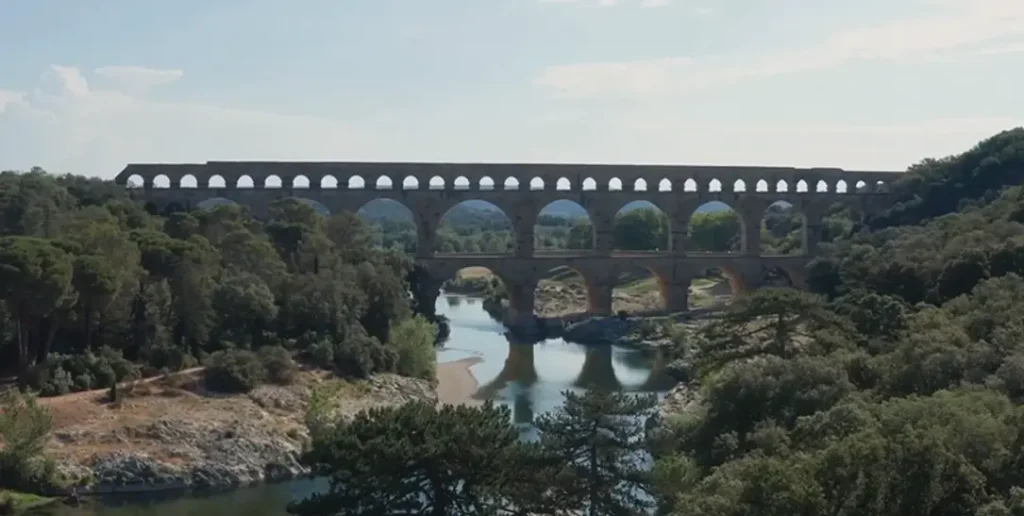
Why Visit: A natural limestone arch over the Ardèche River, near the Chauvet Cave with Ice Age art.
- Best Time to Visit: Summer for swimming/kayaking, spring for fewer crowds.
- How to Get There: Drive from Vallon-Pont-d’Arc (10 minutes). Closest airport: Lyon (~2.5 hours).
- Must-Do: Kayak under the arch for the best perspective.
- Nearby Highlight: Chauvet Cave (replica open to visitors).
9. Devil’s Tower – Wyoming, USA
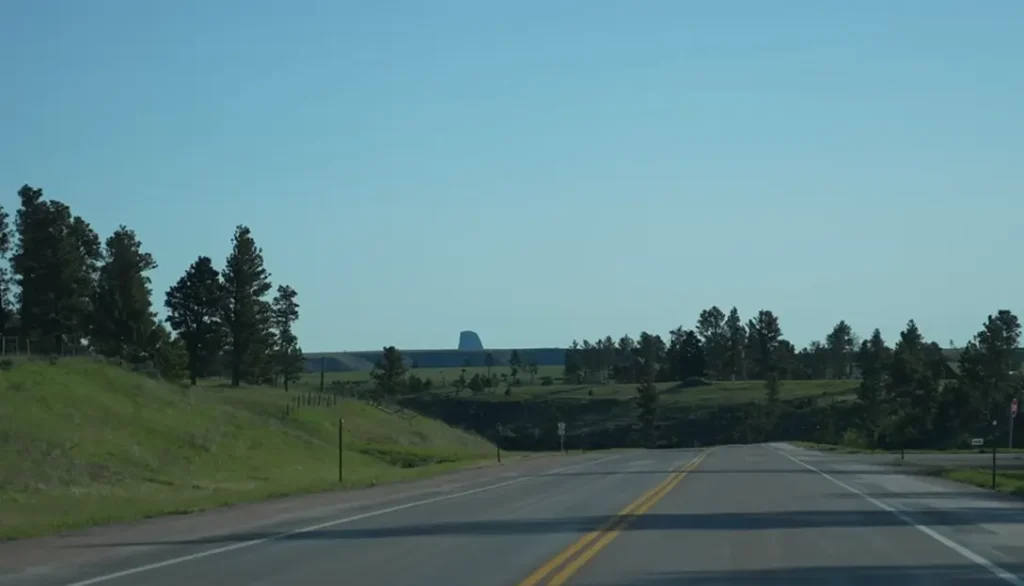
Why Visit: A 120-meter igneous tower with striking vertical columns, sacred to Native American tribes and a top climbing spot.
- Best Time to Visit: May–September.
- How to Get There: Closest airport: Rapid City, South Dakota (2 hours drive).
- Must-Do: Walk the Tower Trail loop or book a climbing tour.
- Nearby Highlight: Badlands National Park (3 hours drive).
10. The Wave – Arizona, USA
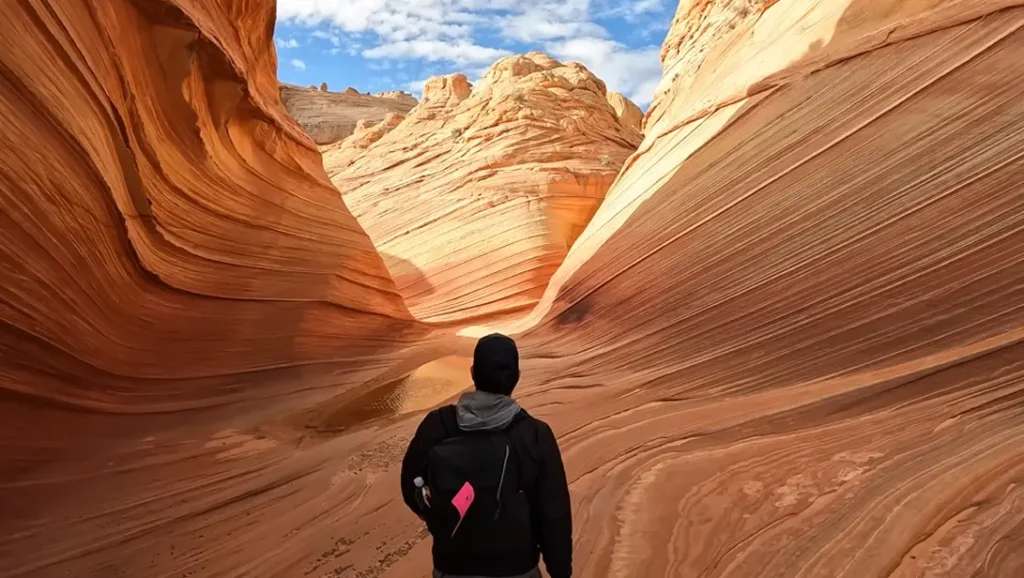
Why Visit: A surreal sandstone canyon carved by water and wind, resembling flowing waves frozen in time.
- Best Time to Visit: Spring and fall (mild temperatures).
- How to Get There: Near the Arizona–Utah border; permit required (lottery system). Closest towns: Kanab (UT) or Page (AZ).
- Must-Do: Trek the 3-mile hike to the formation—bring plenty of water.
- Permit Tip: Apply months in advance via the online lottery.
Traveler Tips for Visiting Rock Formations
- Plan Ahead: Some formations (like The Wave) require permits months in advance.
- Go Early: Sunrise or morning visits mean fewer crowds and better photos.
- Pack Smart: Good shoes, water, and snacks are essential for most sites.
- Respect Local Beliefs: Places like Uluru and Golden Rock are sacred—observe cultural guidelines.
- Combine Trips: Many formations are close to other natural or cultural attractions.